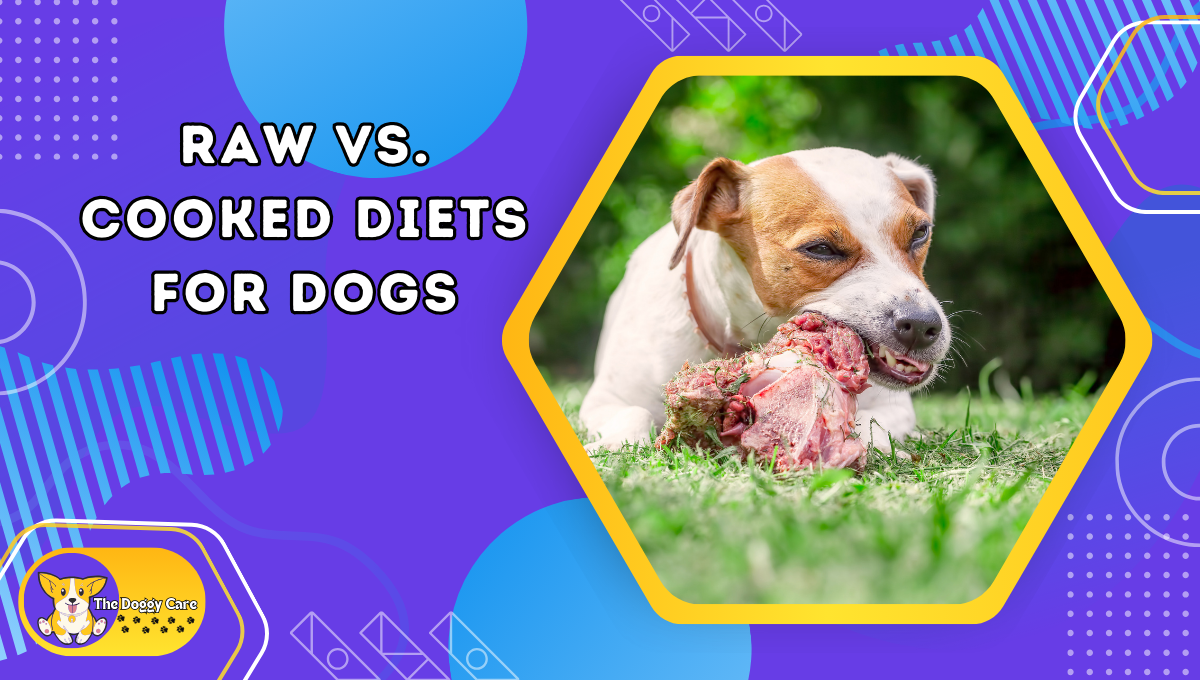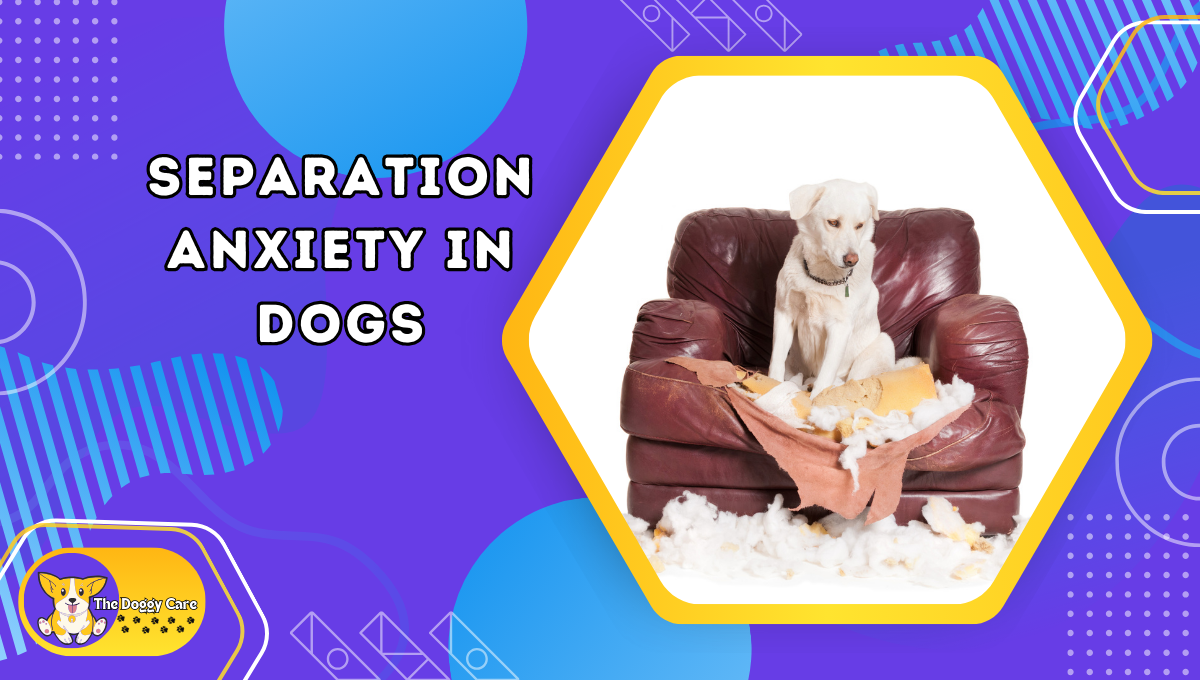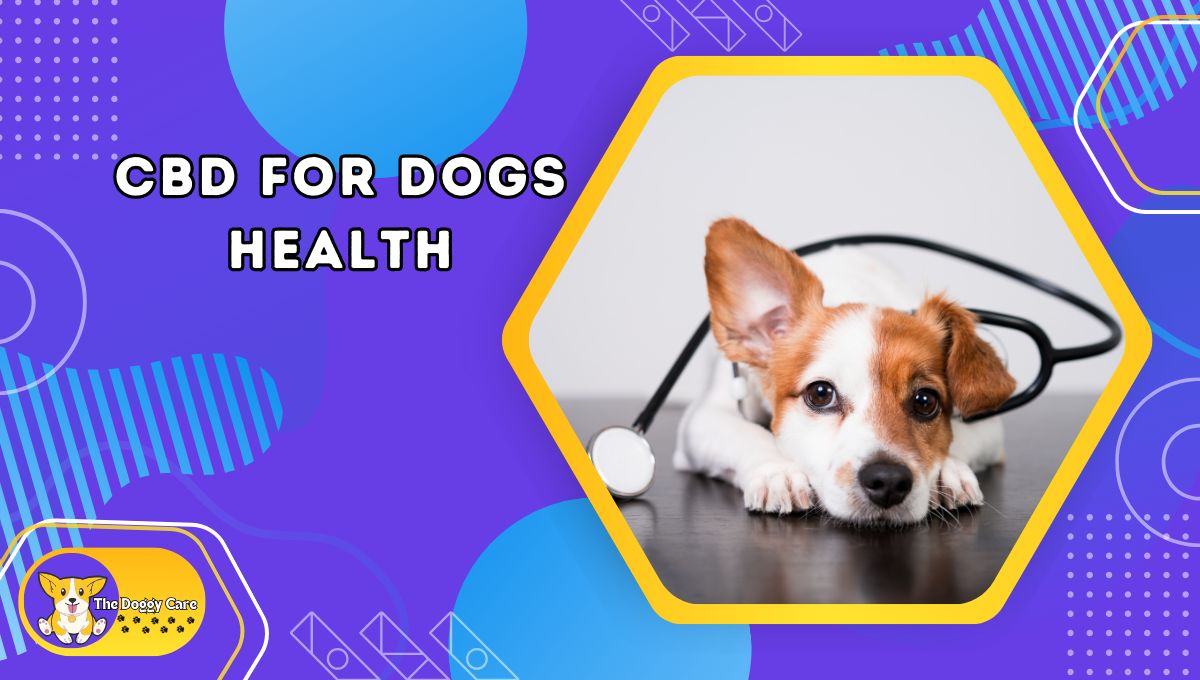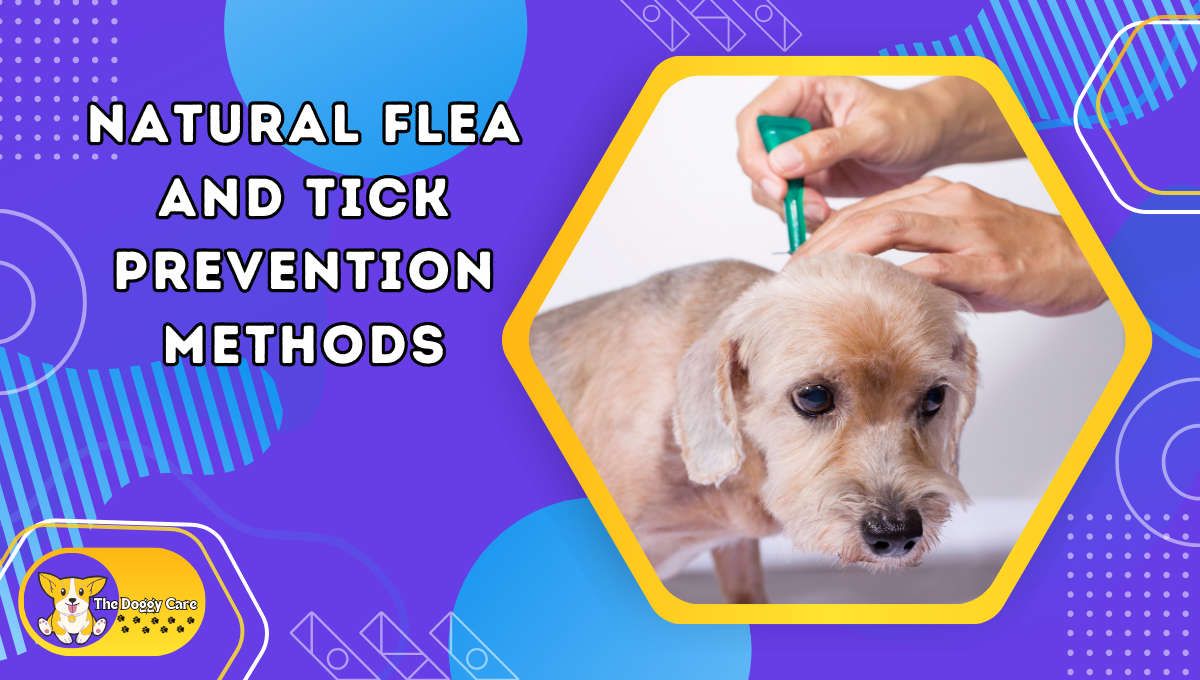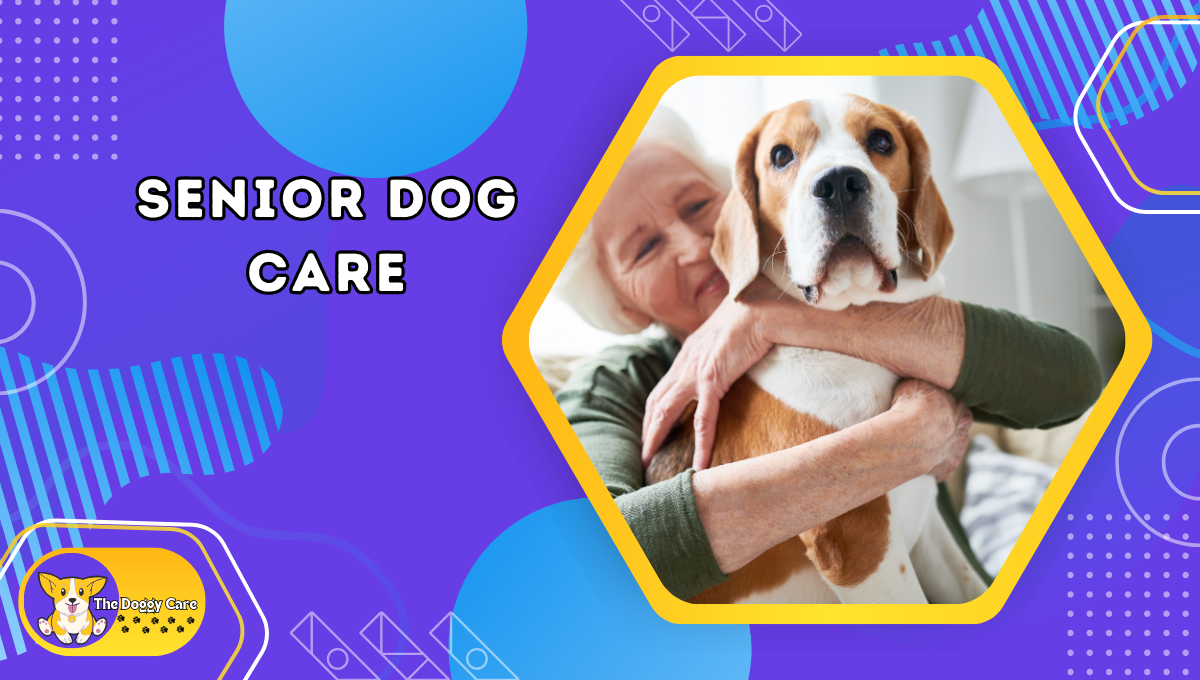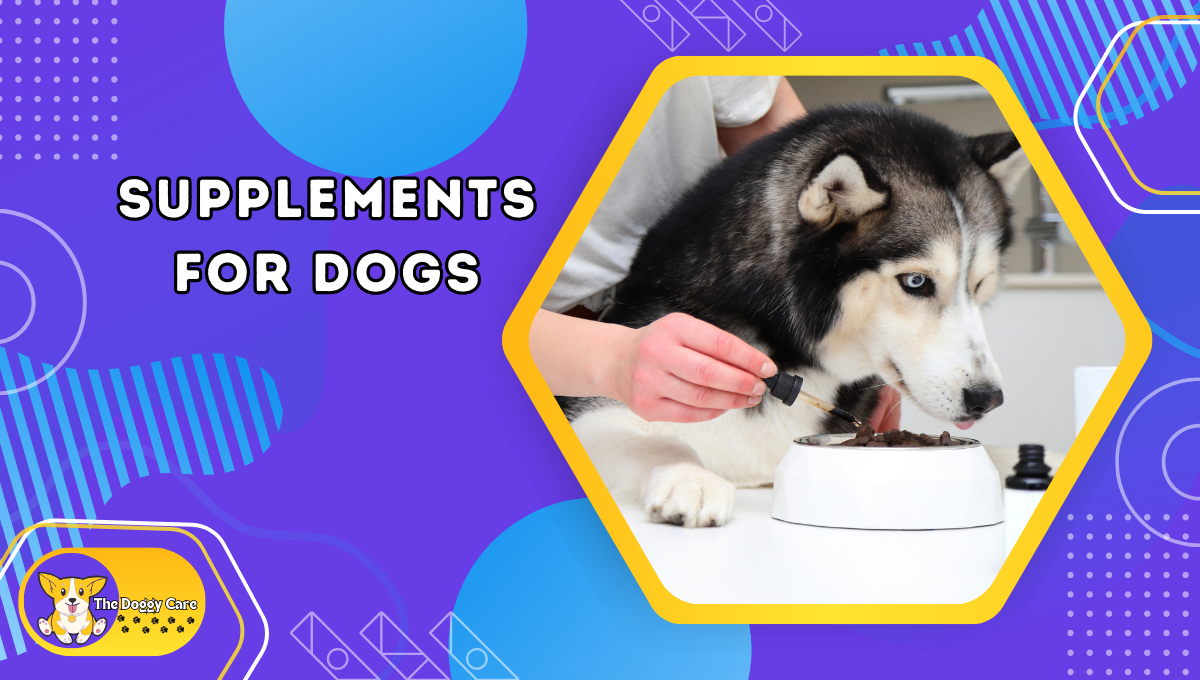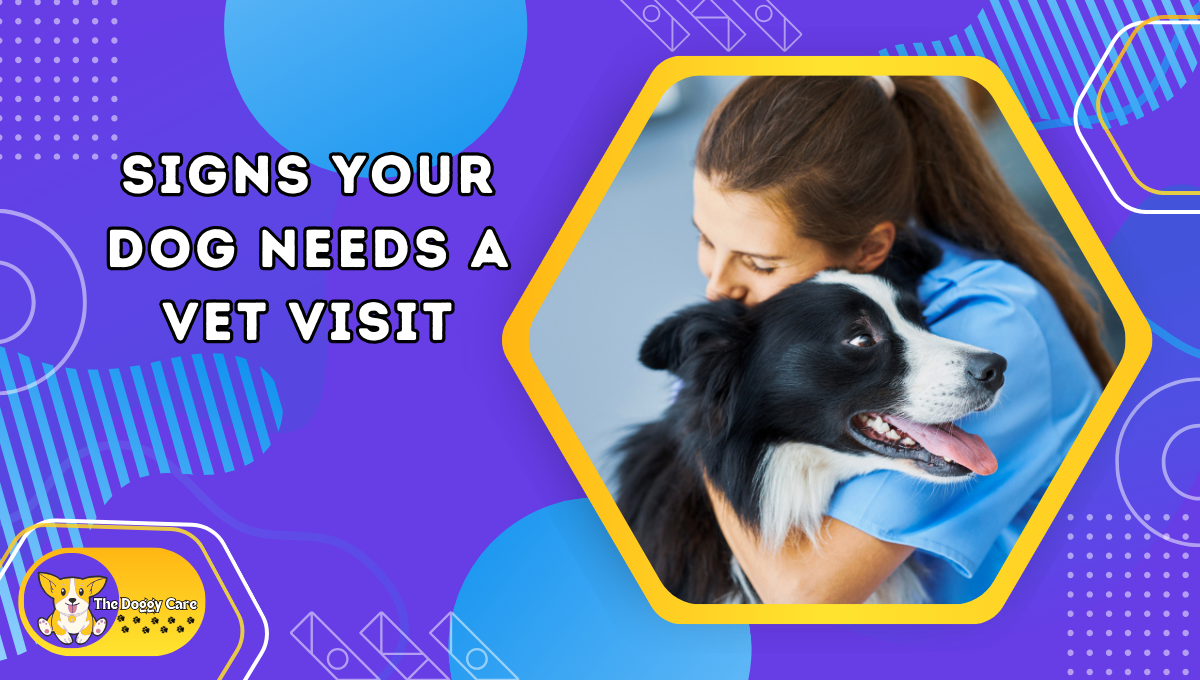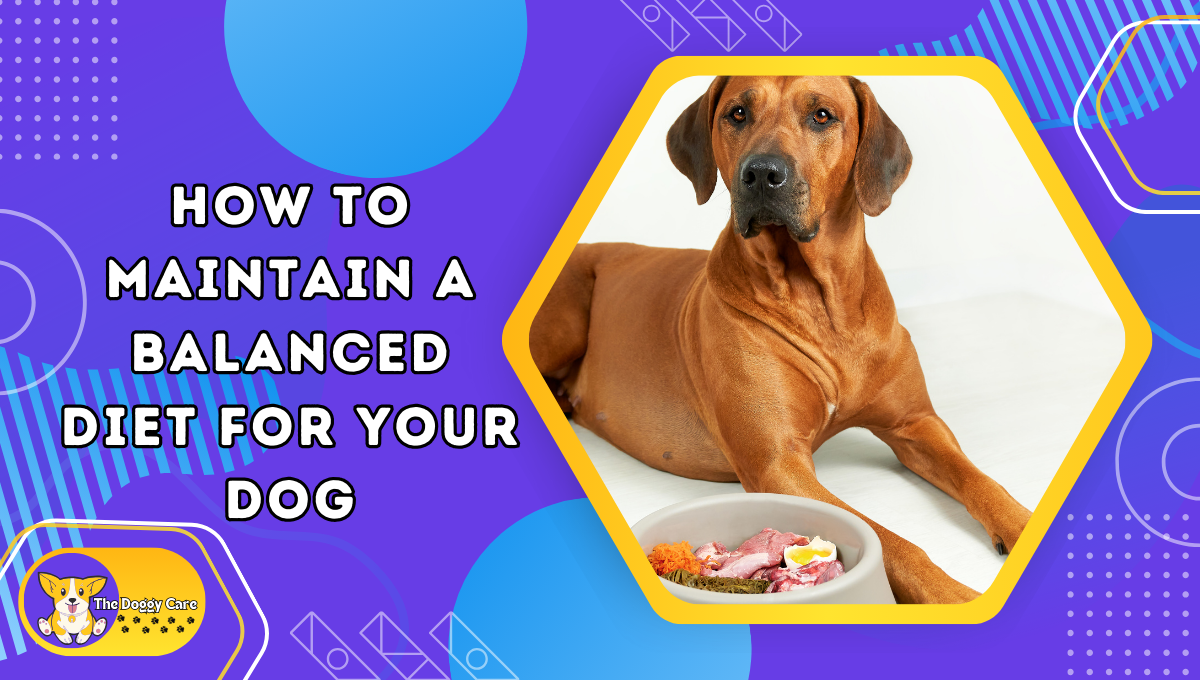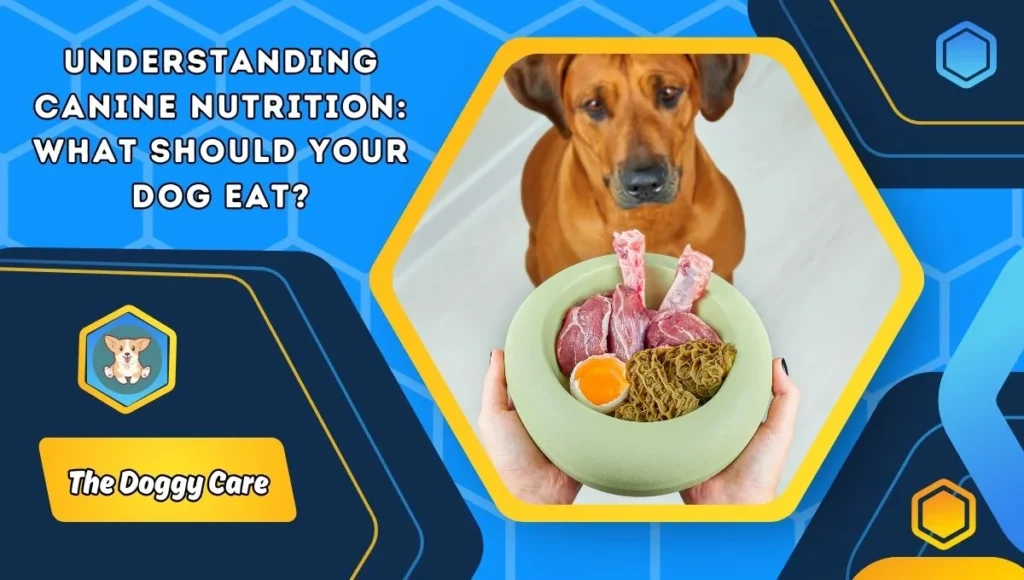Raw vs. Cooked Diets for Dogs: Which Is Better? Weighing the Pros and Cons of Popular Feeding Methods
Presentation
The discussion about taking care of dogs’ raw vs. cooked diets keeps on blending among animal people and veterinarians the same. With the ascent in the ubiquity of more regular taking care practices for pets, understanding the subtleties of every dietary approach is vital. As per a 2023 study by the Pet Food Makers’ Affiliation, roughly 25% of pet people have explored different avenues regarding raw diets for their pets. This post will plunge profound into the advantages and disadvantages of raw and cooked diets for dogs, assisting you with pursuing an informed choice on the best-taking care technique for your shaggy companion.

Figuring out Raw Diets
A raw eating routine for dogs commonly comprises raw meat, bones, natural products, and vegetables. Defenders contend that raw diets all the more intently emulate what dogs would eat in the wild, in this manner supporting their wellbeing all the more normally. Benefits frequently referred to incorporate superior assimilation, better skin, and coat, expanded energy levels, and decreased sensitivity side effects. In any case, raw diets accompany dangers, for example, possible openness to microbes like salmonella and E. coli, which can influence both pet and human wellbeing. The American Veterinary Clinical Affiliation (AVMA) puts raw diets down because of these well-being concerns.
Besides, setting up a reasonable raw eating routine requires cautious preparation. Dogs need a particular proportion of protein, fats, and starches, alongside fundamental nutrients and minerals to flourish. Pet people should guarantee their raw taking care of routine meets generally wholesome requirements, which can be testing and tedious.
Grasping Cooked Diets
On the opposite side, cooked diets include getting ready food and utilizing conventional cooking strategies to guarantee the food is protected and edible for dogs. This technique likewise considers a more extensive assortment of fixings, including grains and vegetables, that are commonly kept away from in raw diets because of edibility issues when uncooked. Cooked diets are frequently suggested by veterinarians for being more secure and simpler to healthfully balance. They lessen the gamble of bacterial defilement and simplify it to coordinate different supplements that dogs need.
Nonetheless, cooking can corrupt specific supplements, requiring cautious supplementation to stay away from inadequacies. For example, cooking can annihilate proteins and nutrients like B and C, which are imperative for ideal canine well-being. Proprietors should be proficient in sustenance or talk with a vet or a canine nutritionist to formulate a total and adjusted cooked diet.
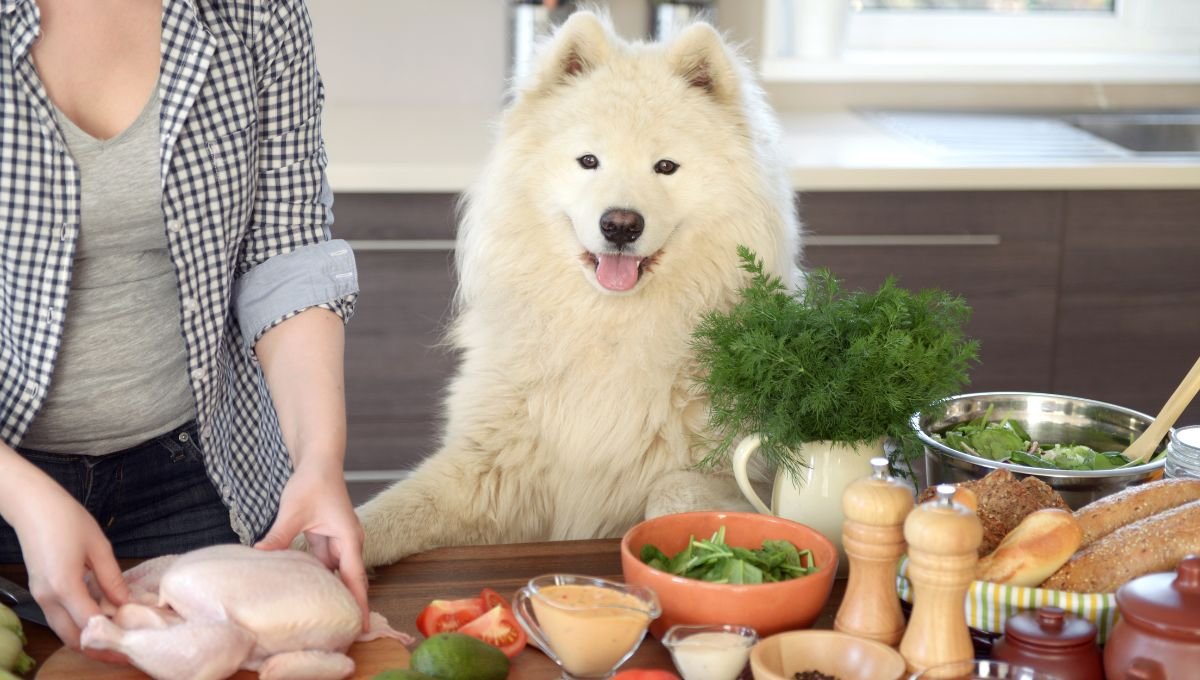
Geniuses of Raw Diets
Improved Acceptability: Many dogs favor the flavor of new, raw meat overcooked dinners.
Dental Wellbeing: Biting raw, substantial bones can assist with diminishing tartar development and advance better gums.
Further developed Absorbability: For certain dogs, raw diets might bring about more modest, less musty stools because of higher edibility.
Cons of Raw Diets
- Well-being Dangers: As referenced, the gamble of bacterial contamination from raw meats is a huge concern.
- Nourishing Uneven characters: Without cautious preparation, raw diets can prompt wholesome lacks.
- Greater expense: Raw fixings, particularly excellent meats, can be more costly than their cooked or financially accessible partners.
Professionals of Cooked Diets
- Security: Cooking obliterates unsafe microorganisms, making the eating routine more secure for utilization by dogs and more secure to deal with by people.
- Simplicity of Assimilation: Cooked food sources can be simpler for dogs to process, which is especially useful for more established dogs or those with delicate stomachs.
- Various Sustenance: Cooking permits the consideration of different fixings, supporting the nourishing profile of the eating regimen.
Cons of Cooked Diets
- Supplement Misfortune: Cooking can decrease the accessibility of specific supplements, requiring cautious dinner arranging.
- Tedious: Getting ready home-cooked dinners consistently can be time-escalated.
- Potential for Overcooking: Overcooking can prompt the annihilation of supplements, making the food less helpful for your canine.
Things to Know About
While picking either raw or cooked diets, think about your way of life, spending plan, and your canine’s well-being. Raw diets require severe adherence to somewhere safe guidelines to stay away from defilement, while cooked diets request information on canine nourishment to forestall supplement misfortune. Whichever decision you make, talking with a veterinarian or a pet nutritionist is prudent to guarantee the eating routine meets your canine’s particular well-being needs.
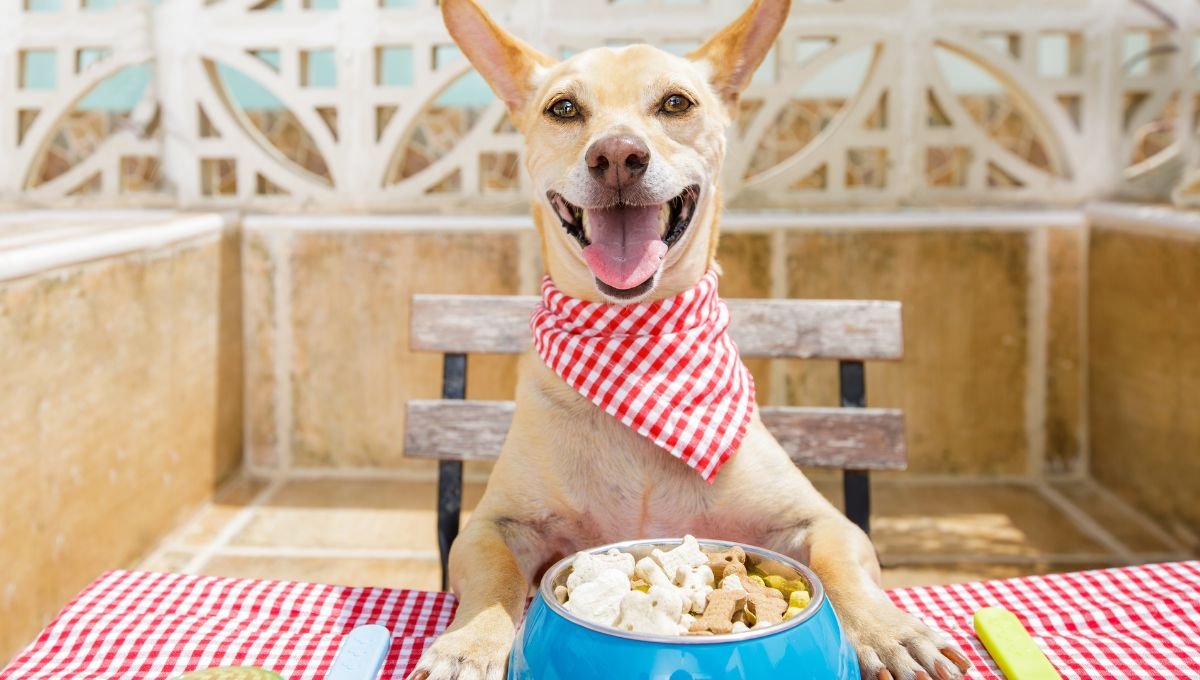
Step-by-Step Manual for Picking either Raw or Cooked Diets
- Assess Your Canine’s Well-Being: Survey whether your canine has particular dietary requirements or medical problems that may be better upheld by one sort of diet.
- Counsel an Expert: Talk with a vet or a pet nutritionist about the most ideal decision for your canine’s well-being.
- Think about Your Way of Life: Decide if you have the opportunity, assets, and responsibility expected to plan either a raw or cooked diet securely and successfully.
- Begin with a Preliminary: Acquaint the picked diet bit by bit with a screen of how your canine responds before completely changing.
- Notice Your Canine’s Wellbeing: Watch for changes in energy levels, coat well-being, absorption, and general health to measure the adequacy of the eating regimen.
- Change on a case-by-case basis: Be ready to change the eating regimen in light of your canine’s reaction and any further direction from your pet’s medical care supplier.
Via cautiously gauging the upsides and downsides of each care technique and taking into account your canine’s particular requirements, you can pursue a very informed choice that advances their well-being and satisfaction. Remain tuned for additional updates and inside and out conversations about pet nourishment and wellbeing.
Conclusion and Final Thoughts
Picking either a raw or a cooked eating routine for your canine includes a careful assessment of every technique’s advantages and dangers close to your pet’s well-being necessities and your conditions. The right eating routine can essentially impact your canine’s general well-being, energy levels, and life span. The two diets offer one-of-a-kind benefits: raw diets intently impersonate a characteristic canine eating regimen and may upgrade tastefulness and processing, while cooked diets give security from microbes and simplicity of dietary variety.
It is fundamental to approach this choice with cautious thought, equipped with information and counsel from experts. Interviews with veterinarians or pet nutritionists are critical to guarantee that the eating routine you pick meets every one of the nourishing necessities of your canine without presenting them with any well-being chances.
As you consider changing to another care routine, recall the significance of slow presentation and close checking of your canine’s reaction to the new eating regimen. Continuously focus on your pet’s well-being and prosperity in your dynamic cycle. Whether you pick raw or cooked, the objective is something very similar: a cheerful, solid, and very much sustained canine. Remain informed, remain watchful, and make it a point to change depending on the situation to track down the ideal equilibrium for your canine sidekick.

